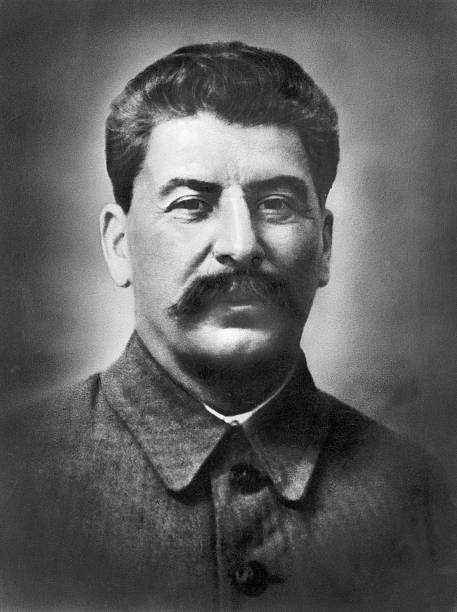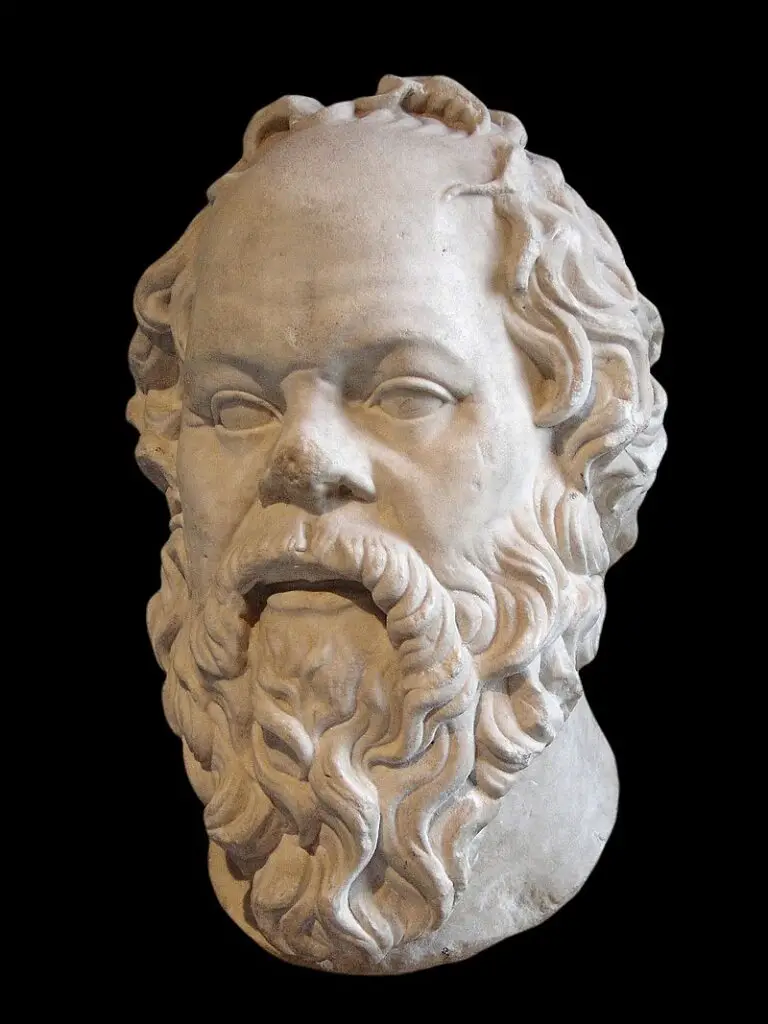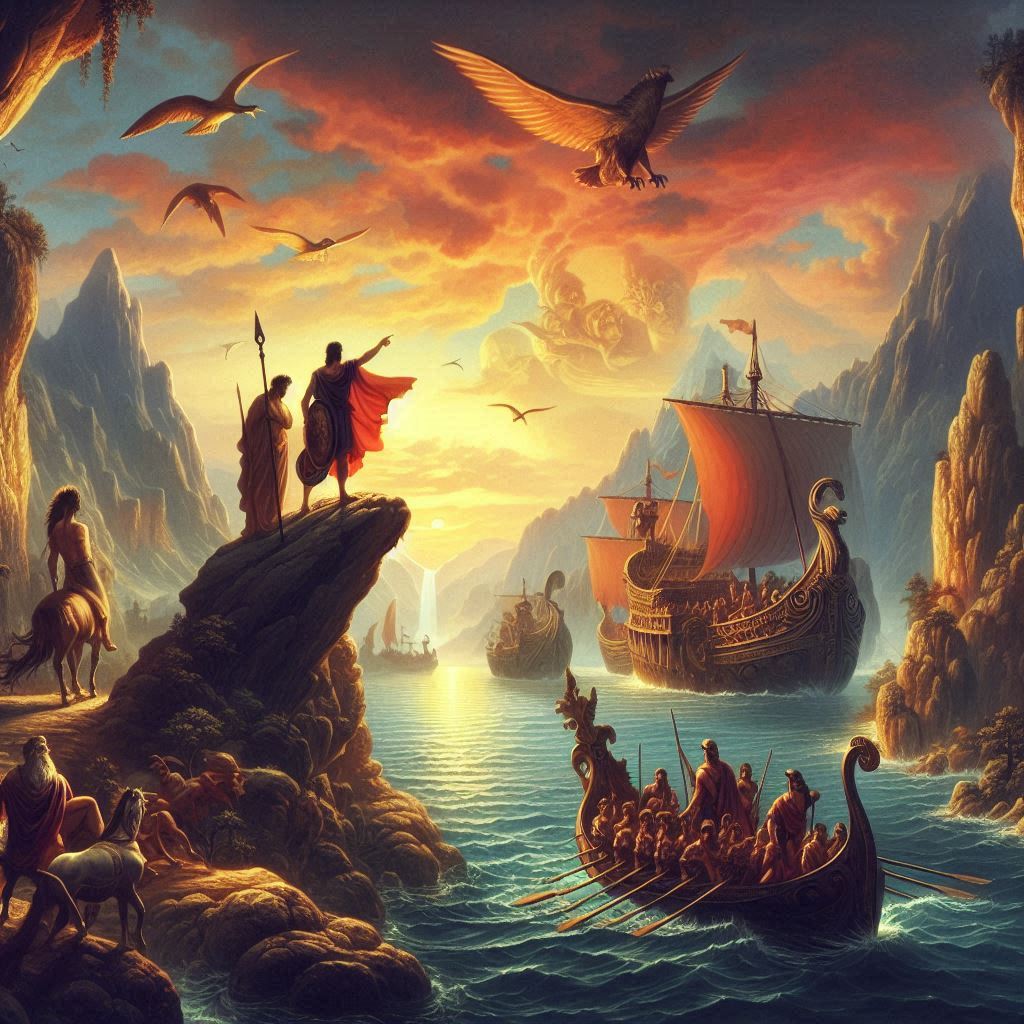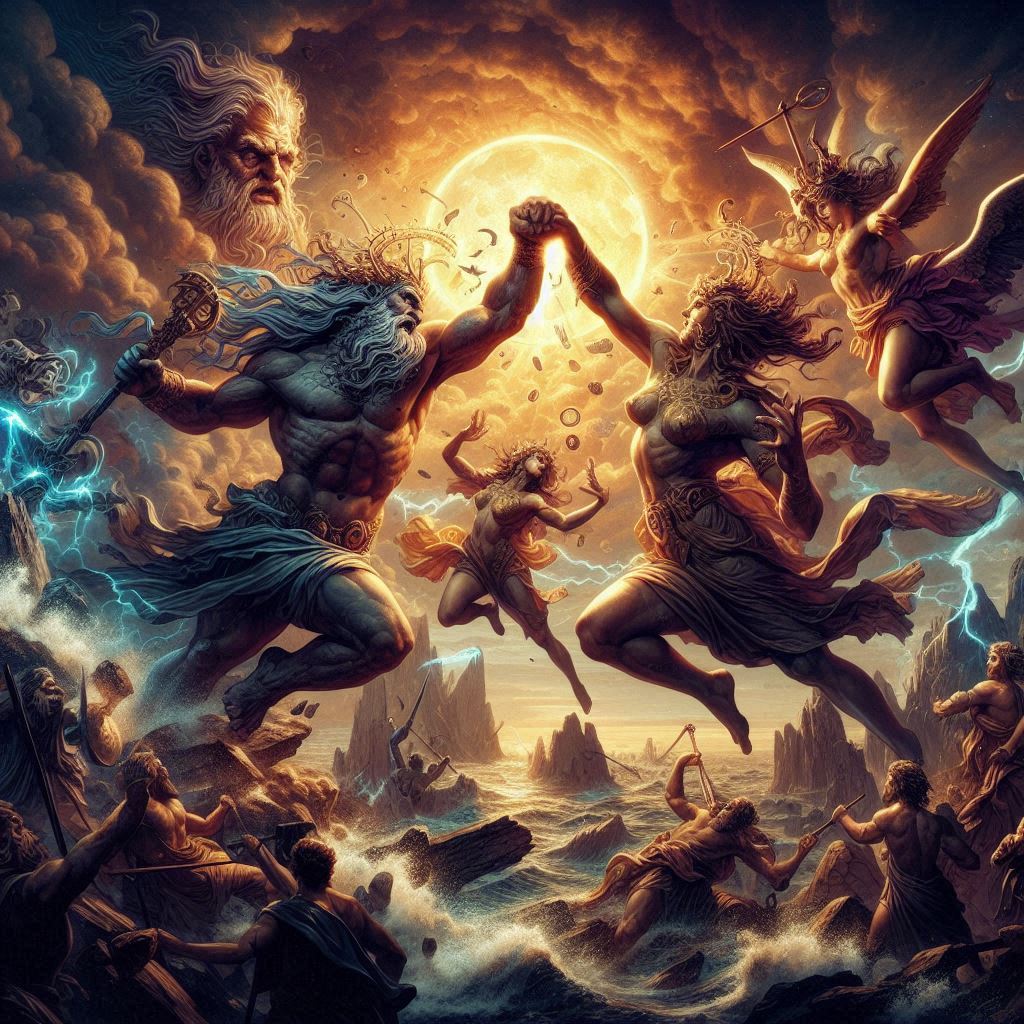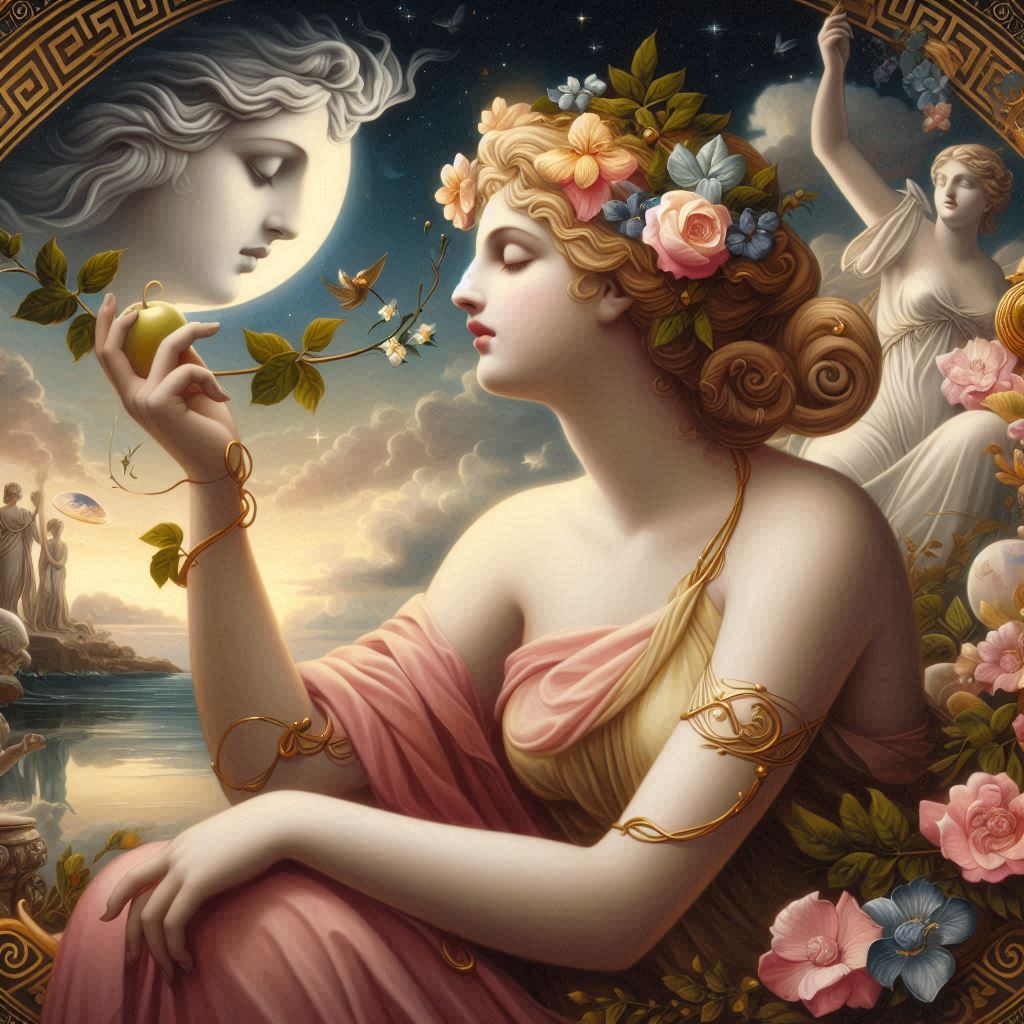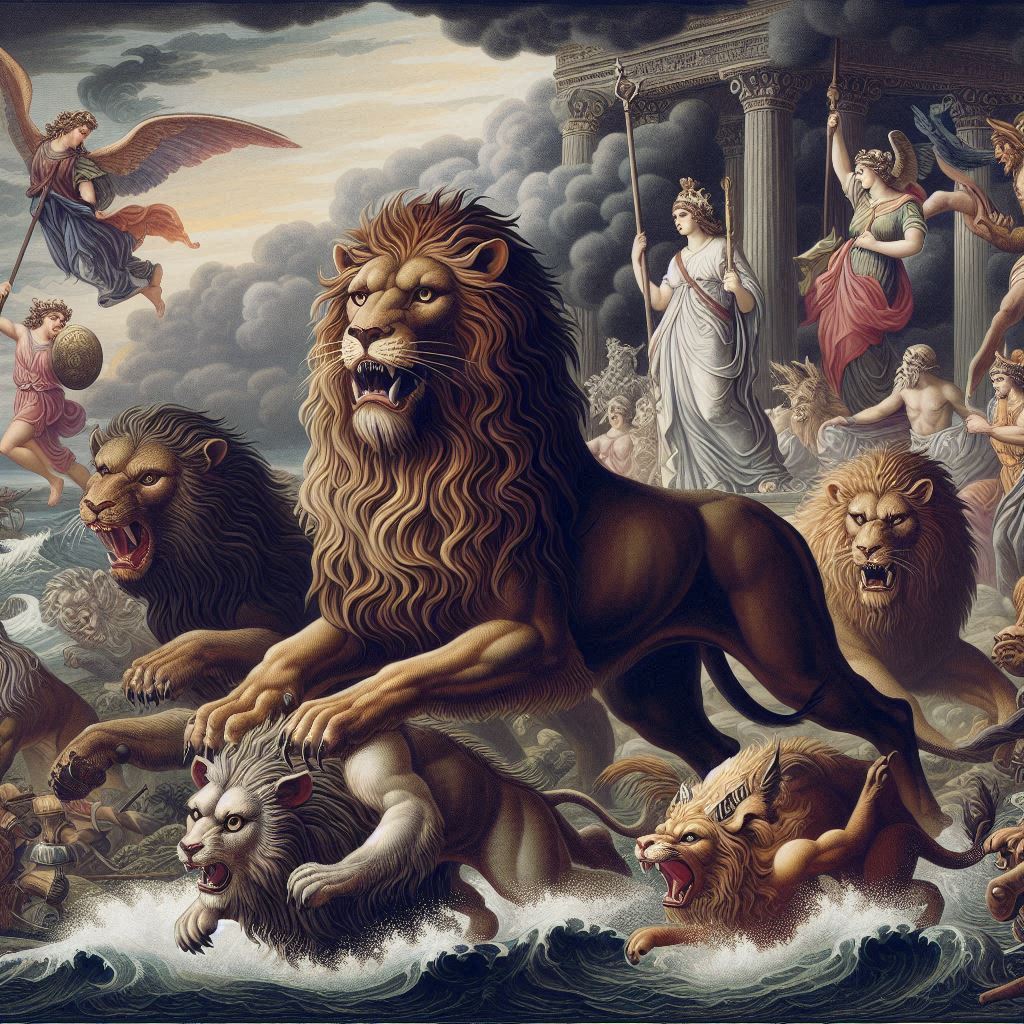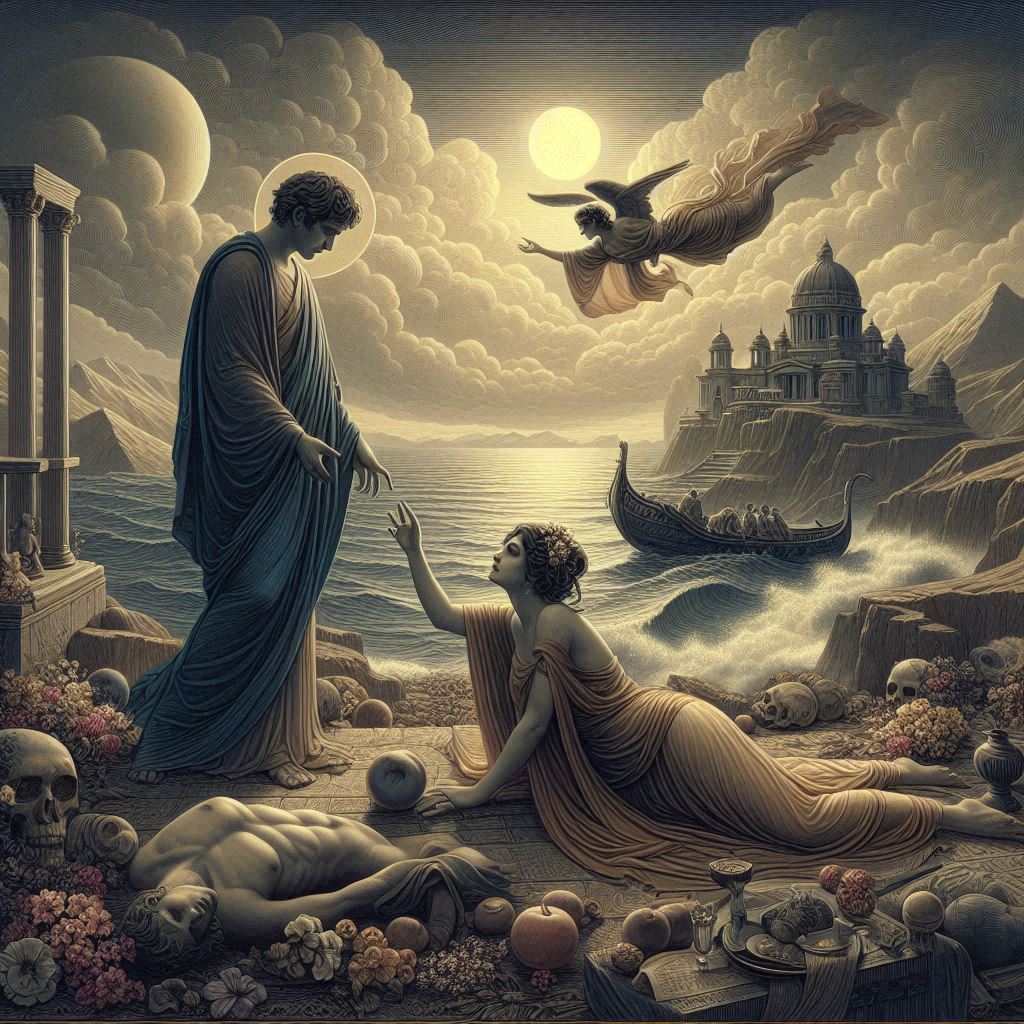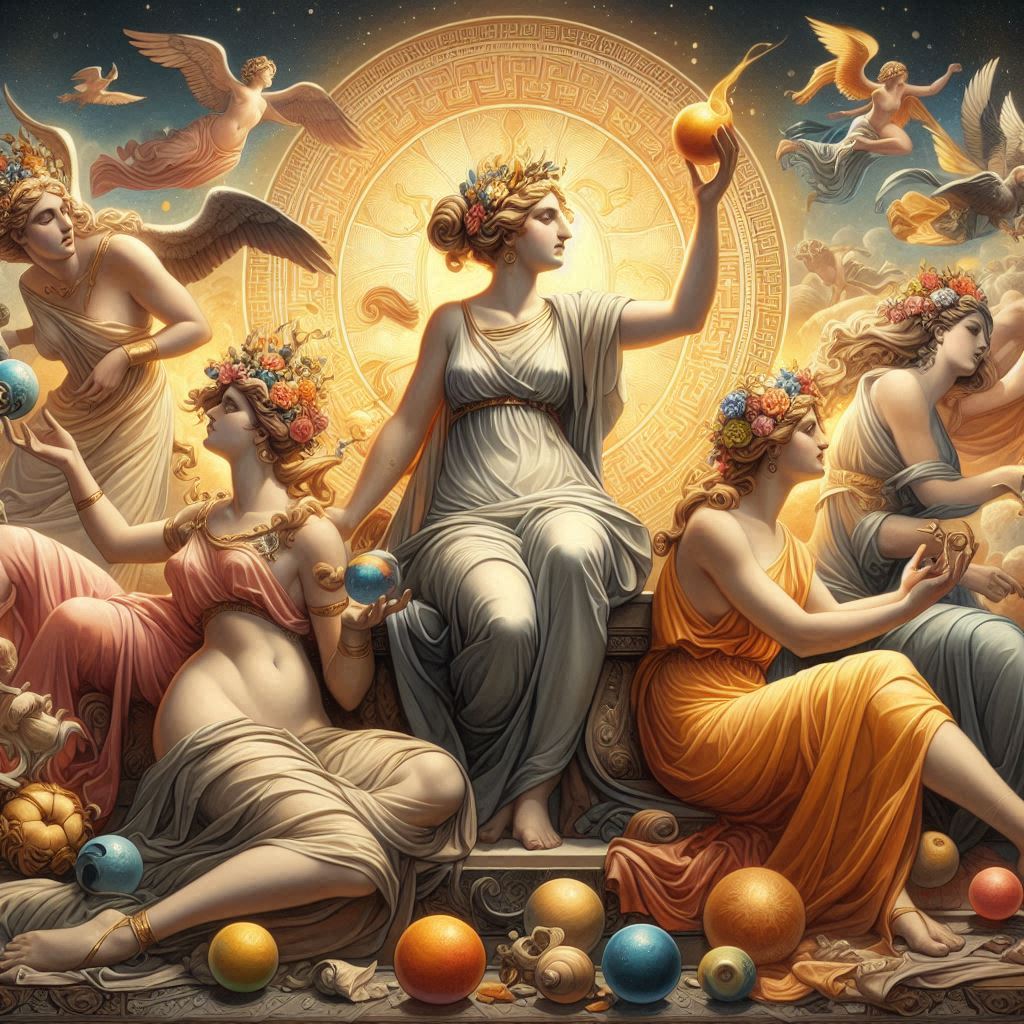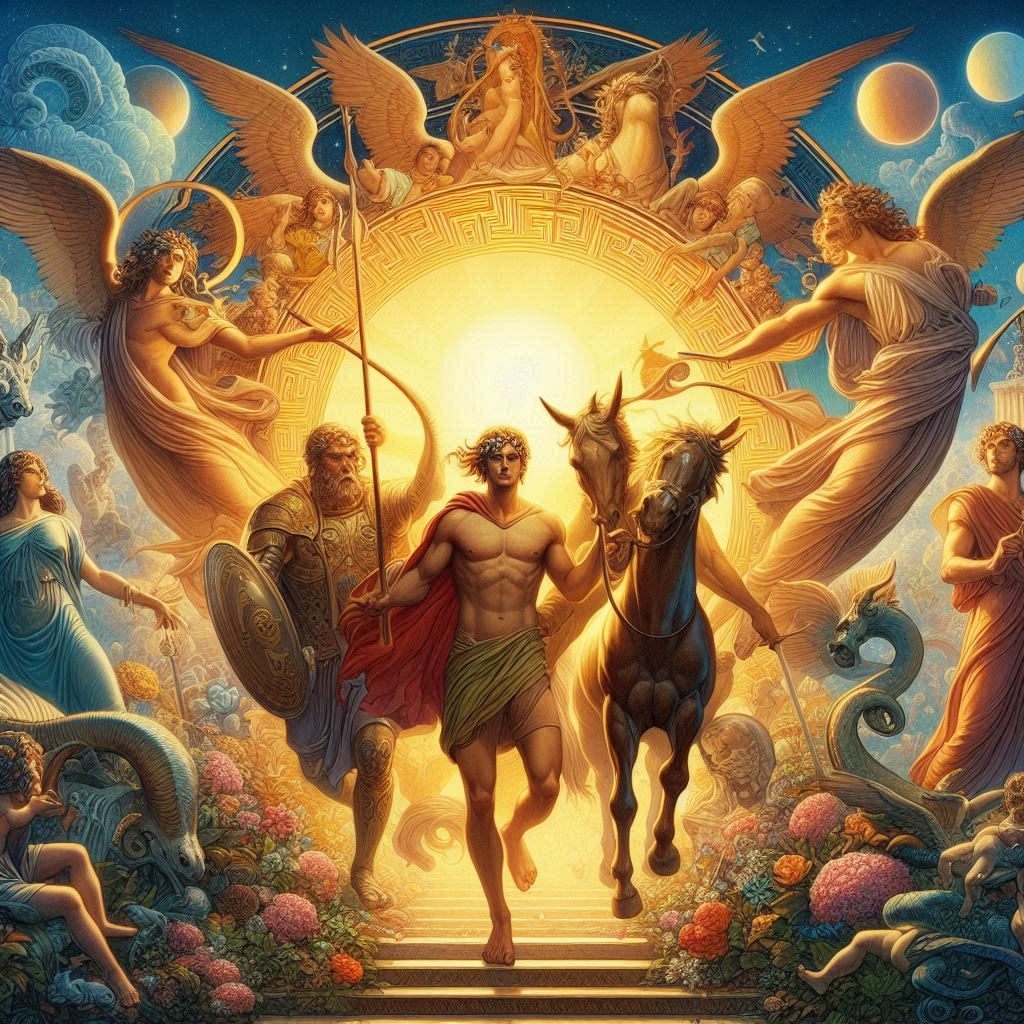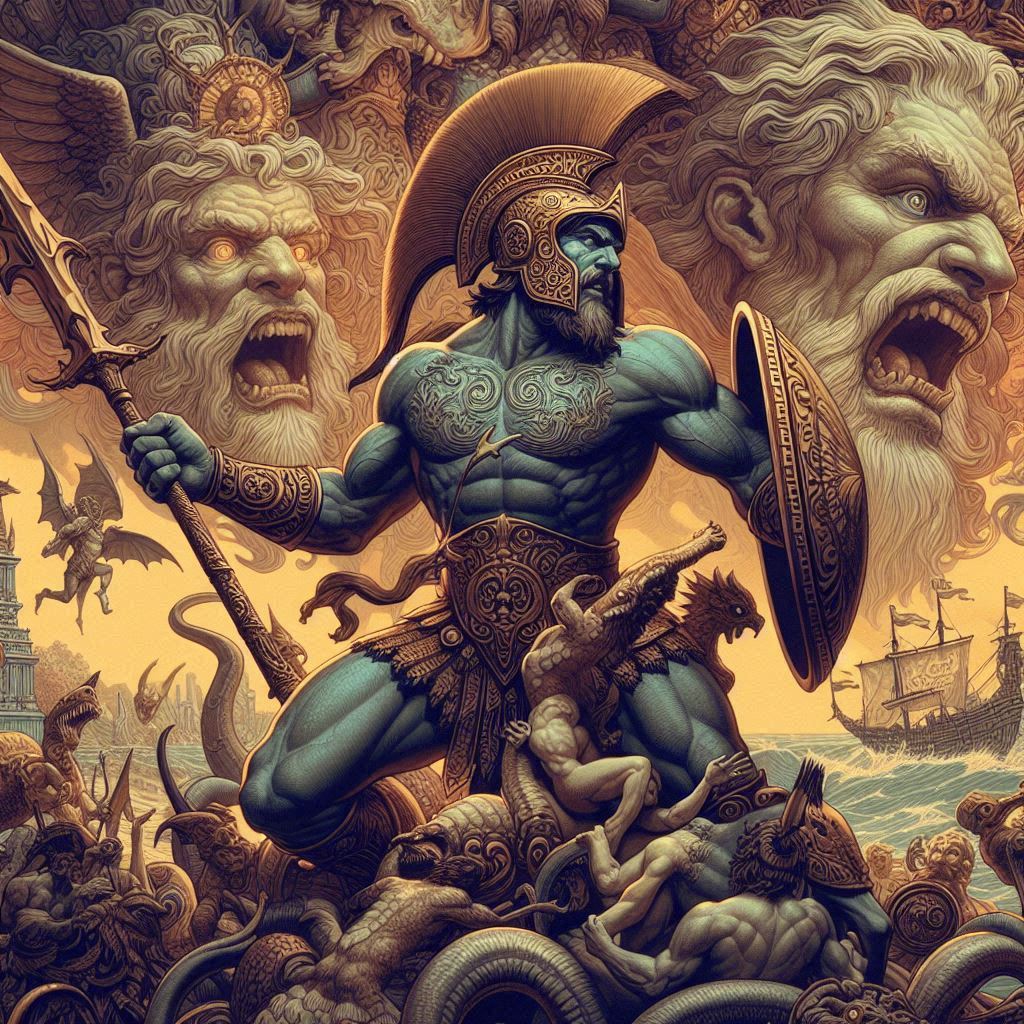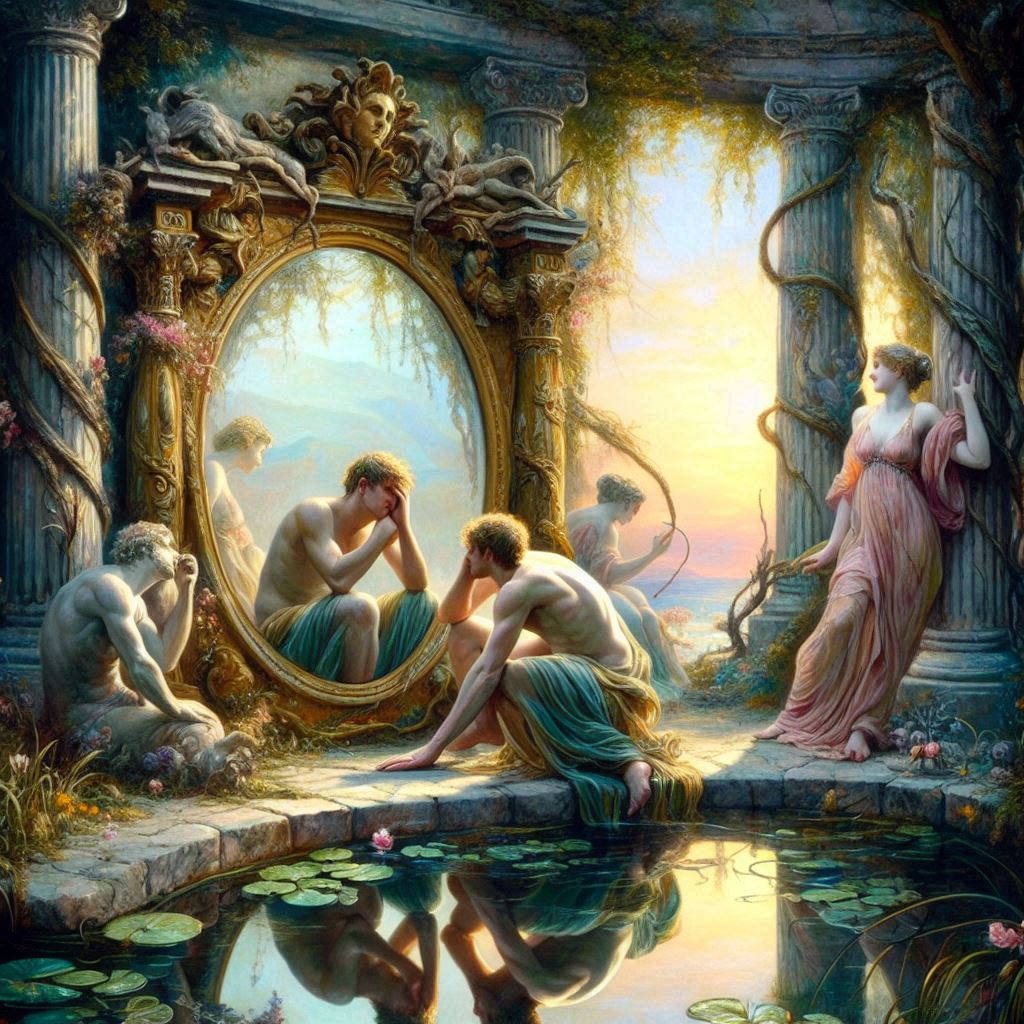Joseph Stalin (1878–1953) was a Soviet statesman and politician who played a pivotal role in the establishment of the Soviet Union. Born in Georgia, Stalin rose through the ranks of the Communist Party and eventually succeeded Vladimir Lenin as the leader of the Soviet Union after Lenin’s death in 1924. As the General Secretary of the Communist Party and later as the Soviet Premier, Stalin implemented extensive economic and social policies, including rapid industrialization and collectivization. His leadership, marked by authoritarian control, political purges, and the Great Famine, resulted in significant social and political transformations, but also brought about immense human suffering and loss of life. Stalin’s legacy remains complex and controversial.
Stalin’s early life was marked by hardship. Born as Ioseb Besarionis dze Jughashvili, he grew up in poverty and faced the challenges of an unstable family life. His father, Besarion Jughashvili, was an alcoholic cobbler, and his mother, Ketevan Geladze, was a laundress. Stalin’s early education was at the Gori Church School, where he developed an interest in revolutionary ideas.
In 1894, Stalin entered the Tiflis Theological Seminary with the intention of becoming a priest. However, his exposure to radical political ideologies and nationalist sentiments led him to join the burgeoning Marxist movement. Stalin became involved in revolutionary activities, joining the Russian Social Democratic Labour Party (RSDLP) and participating in protests and strikes.
The late 19th and early 20th centuries were tumultuous times in Russia, marked by social unrest, political upheaval, and the Russo-Japanese War. Stalin’s involvement in revolutionary activities drew the attention of the authorities, leading to his arrest and exile to Siberia in 1902. During his time in exile, he adopted the name Stalin, meaning “man of steel.”
Stalin’s return from exile coincided with the events of the 1917 Russian Revolution. The overthrow of the Provisional Government by the Bolsheviks, led by Vladimir Lenin, paved the way for the establishment of a socialist state. Stalin played a critical role during the October Revolution, organizing the Bolshevik seizure of key locations in Petrograd (now St. Petersburg).
In the aftermath of the revolution, Stalin rose through the ranks of the Bolshevik leadership. He held various positions, including Commissar for Nationalities and People’s Commissar for Workers’ and Peasants’ Inspection. His administrative skills and organizational acumen earned him Lenin’s trust, and by the time of Lenin’s death in 1924, Stalin had become one of the top leaders of the Soviet Union.
Stalin’s ascent to power was marked by political maneuvering and internal party struggles. His rivalry with other prominent figures, such as Leon Trotsky, Grigory Zinoviev, and Lev Kamenev, led to his emergence as the undisputed leader of the Soviet Union by the late 1920s. Stalin’s consolidation of power was characterized by the suppression of dissent within the Communist Party and the establishment of a highly centralized system of government.
The 1920s saw the implementation of various economic and social policies under Stalin’s leadership. The New Economic Policy (NEP), initiated by Lenin, was gradually replaced by a series of Five-Year Plans aimed at rapidly industrializing the Soviet economy. The collectivization of agriculture, initiated in the late 1920s, aimed to transform small, individually owned farms into large, state-controlled collective farms.
While these policies contributed to the rapid industrialization of the Soviet Union, they also had severe human costs. The forced collectivization of agriculture led to widespread famine, particularly in Ukraine, resulting in the deaths of millions. The policies were accompanied by a series of purges and political persecutions, as Stalin sought to eliminate perceived threats to his regime.
The 1930s witnessed a dark period in Soviet history known as the Great Purge. Stalin initiated a campaign to eliminate perceived enemies of the state, both within and outside the Communist Party. This purge targeted not only political rivals but also intellectuals, military officers, and ordinary citizens. The purges involved show trials, executions, and widespread repression, leading to the deaths of hundreds of thousands of people.
One of the most notorious episodes of the Great Purge was the Moscow Trials, a series of show trials held in the late 1930s. Prominent figures, including Lev Kamenev, Grigory Zinoviev, and Nikolai Bukharin, were accused of conspiring against the Soviet state and were ultimately executed. These trials were characterized by coerced confessions and a lack of due process.
Stalin’s foreign policy during the 1930s was marked by a mix of pragmatism and geopolitical maneuvering. The Soviet Union sought to secure its borders and maintain a balance of power in Europe. In 1939, Stalin signed the Molotov-Ribbentrop Pact with Nazi Germany, a non-aggression treaty that included secret protocols dividing Eastern Europe into spheres of influence. This pact allowed Hitler to launch his invasion of Poland without fearing Soviet intervention.
The outbreak of World War II in 1939 brought the Soviet Union into the conflict. In June 1941, Germany violated the Molotov-Ribbentrop Pact and launched Operation Barbarossa, a massive invasion of the Soviet Union. Stalin, initially caught off guard by the invasion, played a crucial role in rallying the Soviet people and leading the country through the challenging early years of the war.
Stalin’s leadership during World War II, known as the Great Patriotic War in the Soviet Union, was marked by a combination of strategic insight and a willingness to make significant sacrifices. The Soviet Union played a decisive role in the defeat of Nazi Germany, with the Red Army advancing westward and reaching Berlin in May 1945.
The Yalta Conference in 1945 brought Stalin together with British Prime Minister Winston Churchill and U.S. President Franklin D. Roosevelt to discuss post-war arrangements. While the alliance between the Soviet Union and the Western Allies had been crucial to defeating Nazi Germany, tensions emerged as ideological differences and geopolitical considerations came to the fore.
The post-war period saw the division of Europe into Western and Eastern blocs, with the Cold War emerging as a geopolitical and ideological struggle between the United States and its allies and the Soviet Union and its allies. Stalin’s policies in Eastern Europe involved the establishment of socialist states under Soviet influence, leading to the creation of the Eastern Bloc.
Stalin’s health deteriorated in the final years of his life, and he died on March 5, 1953. The circumstances surrounding his death remain the subject of speculation and historical inquiry. His legacy is deeply complex and controversial. While Stalin is credited with leading the Soviet Union to victory in World War II and transforming it into a global superpower, his leadership was marred by a brutal regime characterized by political repression, purges, and human rights abuses.
The impact of Stalin’s rule extended beyond his lifetime. The Soviet Union continued to grapple with the legacies of his policies, both domestically and internationally. De-Stalinization, initiated by his successors Nikita Khrushchev and later leaders, involved the condemnation of Stalin’s personality cult and a partial thawing of political repression.
Despite the complexities of Stalin’s legacy, his imprint on Soviet and world history is undeniable. The era of Stalin’s rule left an indelible mark on the Soviet Union, shaping its political system, economic structure, and social fabric. The impact of Stalin’s policies continued to reverberate long after his death, influencing subsequent generations and contributing to ongoing debates about the nature of his rule.
One of the enduring aspects of Stalin’s legacy is the scale of industrialization achieved during his leadership. The rapid industrialization of the Soviet Union, particularly through the implementation of Five-Year Plans, transformed the country from an agrarian society into an industrial powerhouse. Factories, infrastructure, and military capabilities expanded significantly, allowing the Soviet Union to withstand the German invasion during World War II and emerge as a global superpower.
However, the achievements of industrialization came at a tremendous human cost. The forced collectivization of agriculture, coupled with the Great Purge, led to widespread famine, mass arrests, executions, and political persecution. The human toll of Stalin’s policies remains a dark chapter in Soviet history, with estimates of the number of people who perished during his rule ranging from several million to tens of millions.
Stalin’s personality cult played a significant role in consolidating his power and maintaining control over the Soviet Union. Images, statues, and propaganda portrayed him as a visionary leader and a fatherly figure. The cult of personality served to legitimize his rule and suppress dissent. Stalin’s name was associated with cities, institutions, and even with the very ideology of the state, reflecting the extent to which his presence permeated Soviet society.
The purges and show trials of the Great Purge, including the Moscow Trials, left a lasting impact on the Soviet Union’s political landscape. The arbitrary nature of accusations, the lack of due process, and the atmosphere of fear created a climate of suspicion and distrust. Many individuals who survived the purges lived with the trauma of witnessing the persecution of friends, family, and colleagues.
Stalin’s foreign policy during and after World War II contributed to the division of Europe into spheres of influence, marking the beginning of the Cold War. The ideological and geopolitical tensions between the Soviet Union and the Western Allies shaped global politics for decades. The Iron Curtain descended across Europe, dividing nations and creating a bipolar world order.
The legacy of Stalin’s rule continued to influence Soviet leaders after his death. Nikita Khrushchev’s denunciation of Stalin’s cult of personality during the Secret Speech at the 20th Party Congress in 1956 marked a turning point. The process of de-Stalinization included the rehabilitation of some victims of the purges, a thawing of political repression, and efforts to distance the Soviet Union from some of Stalin’s excesses.
Despite these attempts at reform, the specter of Stalin lingered over Soviet politics. The Brezhnev era, which followed Khrushchev’s leadership, was marked by a period of stagnation. While political repression eased, the fundamental structures of the Soviet state remained largely intact.
The collapse of the Soviet Union in 1991 brought an end to the era shaped by Stalin’s legacy. The disintegration of the Soviet state led to a reevaluation of Soviet history and the impact of Stalin’s rule. The opening of archives revealed the extent of political repression, the scale of human suffering, and the arbitrary nature of many decisions made during his rule.
In contemporary Russia, opinions about Stalin remain diverse and often polarized. Some view him as a strong and effective leader who played a crucial role in the Soviet Union’s victory in World War II and its emergence as a superpower. Others see him as a ruthless dictator responsible for egregious human rights abuses, political repression, and the suppression of dissent.
Monuments, museums, and memorials dedicated to Stalin can still be found in some parts of Russia, reflecting the complex and often conflicting perspectives on his legacy. The ongoing debates about Stalin’s place in Russian history underscore the challenges of confronting a past marked by both achievements and atrocities.
Internationally, discussions about Stalin’s legacy extend beyond Russia. Historians, political scientists, and scholars continue to analyze the impact of his rule on global politics, the Cold War, and the trajectory of the communist movement. The study of Stalin’s era raises broader questions about the nature of authoritarian rule, the relationship between ideology and power, and the complexities of historical memory.
